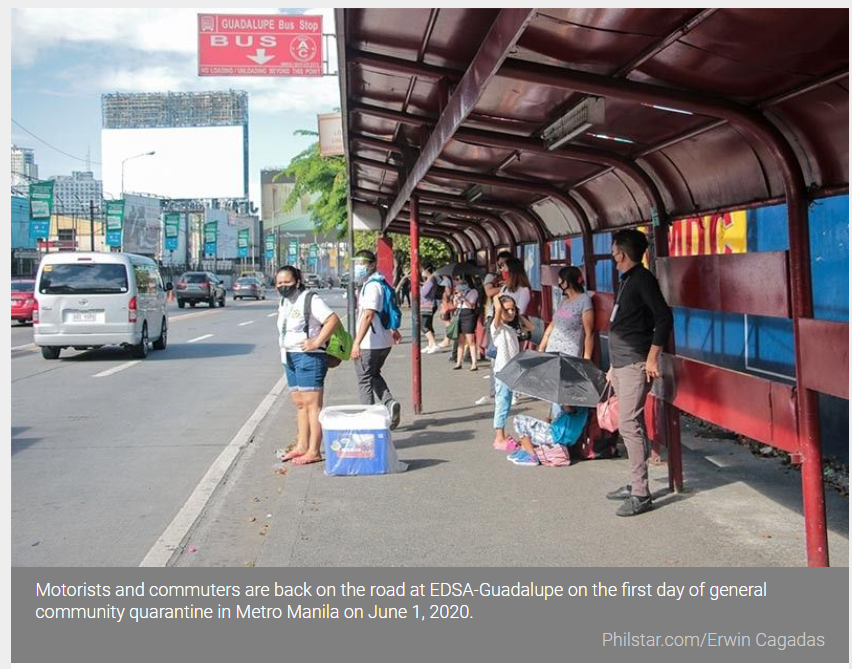Philippines: Duterte’s slowest spending growth keeps 2020 deficit below cap
MANILA, Philippines — Spending growth was at its slowest under the Duterte administration last year when the pandemic created new public needs to fund, controlling a record-high deficit that ultimately settled below a government-imposed cap.
The yearend fiscal performance, nonetheless, was welcomed by no less than Finance Secretary Carlos Dominguez III who justified anew his decision to shut down “many populist excuses to blow up the deficit” with a resounding affirmation of the investment grade rating from Fitch Ratings.
The deficit stood at P1.36 trillion last year, widening from P660.2 billion a year ago, emerging figures from the Bureau of the Treasury showed. At that level, the budget gap was estimated to account for 7.5% of gross domestic product, a tad lower than the 7.6% program.
Broken down, expenditures went up 10.72% year-on-year to P4.21 trillion, while revenues, hit by shuttered businesses and consumers afraid of going out, sagged 9.4% to P2.84 trillion.
That spending managed to grow at double-digit last year, despite delays in infrastructure outlays, signaled that the government succeeded on a catch up plan on December last year. In fact, spending was only a tad short from its P4.23-trillion program for the year, and so do revenues against a P2.85-trillion goal, although both targets were repeatedly adjusted downwards,
But for Nicholas Antonio Mapa, senior economist at ING Bank in Manila, the increase in spending was at the most “modest” considering the pandemic’s economic damage. Data would support this as compared with 2019 levels, spending growth even decelerated from 11.2% when they should have accelerated because of additional expenses incurred from the health crisis.
Last year’s spending growth was also the slowest under the Duterte government.
“Although a 10.7% increase in spending is commendable, we do know that other countries had whipped out fiscal bazookas to combat their respective crises while likely reaping the benefits of that decision as early as 2021,” Mapa said in an email.
However, slower spending should no longer come as a surprise as Dominguez has repeatedly stressed keeping the government’s fiscal house in order. On Tuesday, in front of businesspeople from the Management Association of the Philippines, he doubled down on this commitment for this year.
“We did not abandon the judicious fiscal management set by President Duterte when he assumed office, which got us in our strong financial position ahead of the crisis,” the finance chief said.
Pros and cons
Dominguez’s fiscal control has pros and cons. On one hand, the so-called “fiscal prudence” recently won the nod of Fitch Ratings, a debt watcher, which decided to keep the Philippines’ investment grade rating on Monday. That rating, at BBB, has allowed the government to borrow at cheaper costs.
On the other hand however, Mapa said sticking to the current game plan of constrained spending risks sacrificing a projected economic bounce-back of between 6.5-7.5% this year. The economy contracted 10% for the first 3 quarters of 2020.
“Post 2021 and sans a substantial fiscal recovery plan, we remain convinced that the Philippines will be entering a ‘wavy’ L-shaped recovery, settling at a lower growth trajectory of roughly 4.2%,” Mapa said.
Mapa was not alone on this assessment. Another credit rater, Moody’s Investors Service, warned that the Philippines may be last in Asia Pacific to recover from the pandemic. Malacanang said the government would prove Moody’s wrong, while Dominguez refused to comment on the matter on Tuesday.
For Sanjay Mathur, ANZ Bank economist, underspending would definitely be “negative to growth,” but he chooses to be optimistic. “In fact, if vaccination progresses smoothly and fiscal spending remains on target, the impact on growth could be quite substantial,” he said in a separate email.
Source: https://www.philstar.com/business/2021/01/12/2069955/dutertes-slowest-spending-growth-keeps-2020-deficit-below-cap


 English
English




